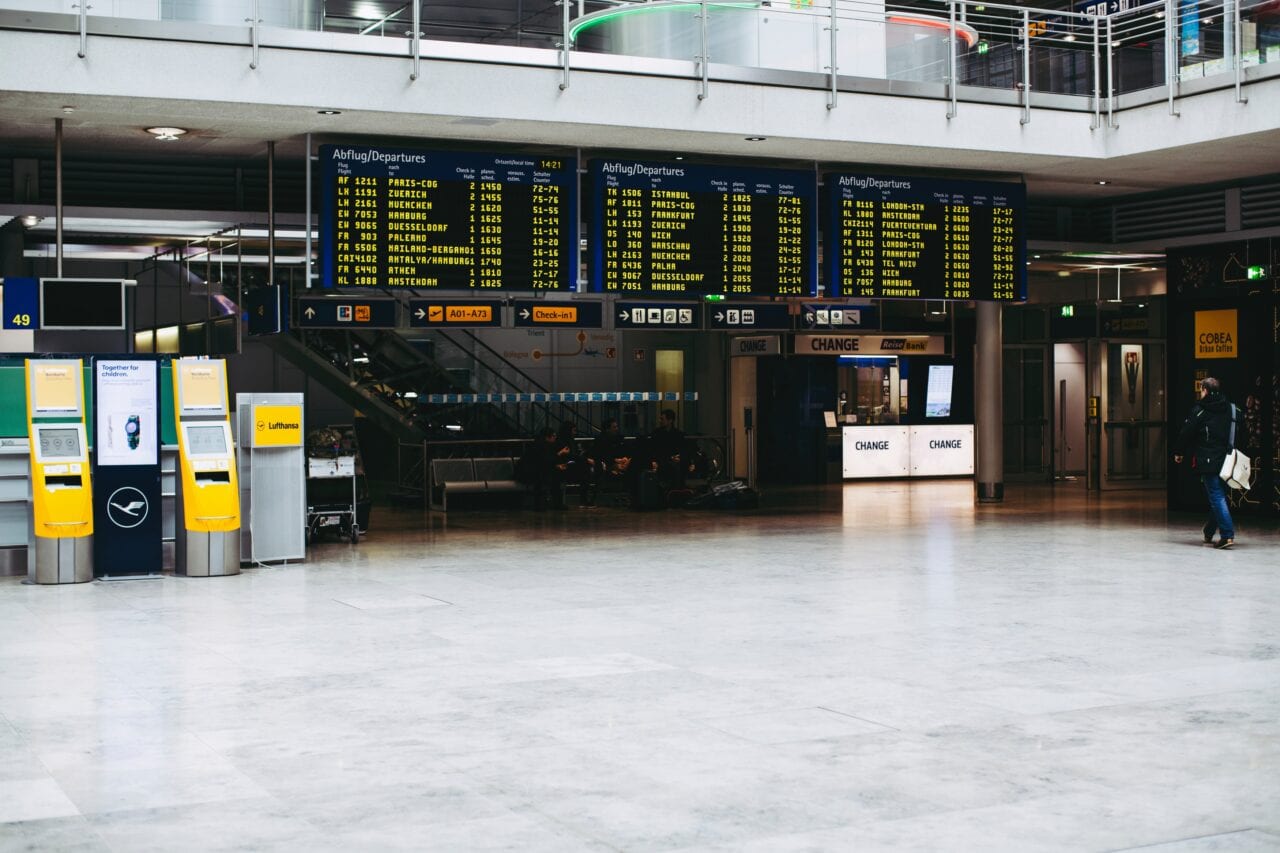The commercial use of facial recognition technology has advanced at an explosive rate, expanding into numerous industries. This technology has had an especially transformative impact on the commercial aviation industry, where facial biometrics is being globally adopted by airlines and airports.
As the COVID-19 pandemic has placed a premium on avoiding personal contact and made mask-wearing nearly universal, facial recognition technology in airport screening and security has become simultaneously more urgent and more difficult. Recently, the U.S. Department of Homeland Security (“DHS”) announced encouraging new findings regarding the potential to use facial recognition successfully without requiring most airline passengers to remove their masks; this development will no doubt further fuel the already rapid adoption of facial biometrics in the commercial aviation industry.
Facial recognition technology involves the use of facial “biometrics”—i.e., the individual physical characteristics of a person’s face—to digitally map one’s facial “geometry.” These measurements are then used to create a mathematical formula known as a “facial template” or “facial signature.” This stored template/signature is then used to compare the physical structure of an individual’s face to identify that individual.

(Photo by Markus Spiske on Unsplash
Current and Future Uses of Facial Recognition Technology by Airports and Airlines
According to the U.S. Government Accountability Office (“GAO”), at least 27 domestic airports implemented facial recognition technology as of the second half of 2020. Although implementation at many of these airports has been overseen by Customs and Border Patrol (“CBP”), the GAO notes the CBP audited just one of its commercial aviation partners to ensure compliance with federal facial recognition privacy policies.
The enhancements to air travel through facial recognition are significant—offering passengers a seamless, frictionless gate-to-curb experience, and providing both a significant boost in overall customer satisfaction, as well as to airlines’ and airports’ bottom lines in the process.
For example, British Airways is now able to board 240 customers in only 10 minutes without causing any massive queuing on the aircraft. Similarly, customers can be identified and permitted access to airport lounges, while also receiving a more personalized experience, as a result of airlines’ ability to monitor customer preferences. And without being required to spend their time checking travelers’ identification, airline staff are better able to give their attention to passengers who need it, like the elderly or those with disabilities and other special needs.
Moreover, as the drop-off in airline passenger counts due to COVID-19 continues to fade, facial recognition will become a critical tool to minimize person-to-person contact and the health risks associated with the virus. This will be all the impactful as facial recognition technologies continue to improve to make it easier to perform face scans without requiring passengers to remove face coverings.
New Technological Advances in Facial Recognition While Wearing Masks
In January 2021, DHS announced “promising” results following controlled tests of an array of facial recognition technologies to determine the identities of individuals wearing facial coverings. These tests evaluated the ability of various biometric acquisition systems to obtain and match facial data taken from individuals wearing several types of common protective masks.
The results indicated that, while not foolproof, the best existing facial recognition systems can accurately identify individuals wearing masks at rates comparable to unmasked individuals (approximately 96 percent success rate compared to 93 percent). While the median system’s performance on masked faces was somewhat lower (approximately 77 percent success rate), even this level of performance indicates most airline passengers could pass through appropriately calibrated facial recognition systems without removing their masks.
Implications for the aviation industry are significant. Screening individuals using facial recognition technology, without requiring them to first remove their masks, can help reduce risks for travelers and airport/airline frontline staff, and may help to reduce the overall spread of the virus.
Note: This article is an opinion piece submitted by Jeffrey N. Rosenthal, David J. Oberly, & Andrew H. Schrag of biometric privacy division of Blank Rome LLP, a legal and advocacy services firm based in Washington D.C. with with 14 offices and more than 600 attorneys.